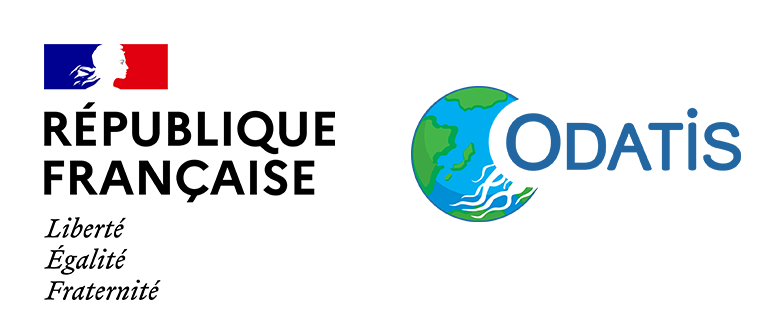FAQ
What's a data cluster ?
The scientific objective of a data cluster is to document and understand the interactions and dynamics that exist within a system of interest. It is a technical structure that is able to provide a set of services and information on a chosen area of interest.
In the case of the "Earth System Data Clusters" research infrastructure, the aim is to understand the different compartments of the Earth system, from the Earth's nucleus to the atmosphere, in order to improve knowledge of its structure and functioning in an effort to answer society's major questions about its surrounding environment.
Primarily intended for the scientific community, the data cluster aims to facilitate access to the data, products, software, tools and/or services that can be used in the context of research carried out on the "Earth system". These data are gathered in a catalogue made available to the community, they are obtained from different modes of acquisition (satellites, in-situ, airborne, etc.) and are directly managed by the data producers (research laboratories, observation services, space missions, campaigns at sea, etc.). Various exploration, visualization and analysis tools can also be made available to the scientific community through these observation centres in order to facilitate the exploitation and enhancement of the available data. Finally, various information documents (measurement protocols, good practices guides, etc.) can also be highlighted in these observation clusters, always with the aim of facilitating the understanding and use of the data.
More information:
- Data and services Clusters for the Earth system observation
Odatis objectives
ODATIS aims to better describe, quantify, and understand the ocean as a whole. Thanks to the support of various research programmes and associated observation systems, ODATIS brings together data and information related to a multitude of topics specific to the ocean and the coast: ocean dynamics and thermodynamics, evolution of physico-chemical properties, biogeochemical cycles, the functioning of marine ecosystems, prospective on the ocean evolution, ocean/climate interactions, paleo-oceanography, morphodynamics evolution, studies on shoreline variations, etc.
The data related to all these themes are grouped together in a catalogue made available primarily to the scientific community, they are the result of different acquisition methods (satellites, in-situ, airborne, etc.) and are directly managed by the data producers (research laboratories, observation services, space missions, campaigns at sea, etc.). In addition to this grouping of data, there are various exploration, visualisation and analysis tools that aim to facilitate the exploitation and enhancement of data by the users.
More information:
Who are the data producers identified in Odatis?
"Data producers" are defined as any organization that, through their research activities, produces data through one or more acquisition systems (fixed measurement stations, offshore campaigns, satellite observations, etc.). These organizations are responsible for the data they produce, from their creation to their validation, including the various phases of calibration, processing and verification. As the Odatis cluster is only interested in ocean and coastal data, the list presented is not exhaustive and only lists the organizations that will produce and process data related to the cluster's topics of interest: ocean dynamics and thermodynamics, evolution of physico-chemical properties, biogeochemical cycles, functioning of marine ecosystems, prospective on the ocean's evolution, ocean/climate interactions, paleoceanography, morpho-dynamic evolution, study of shoreline variations, etc.
More information:
Quel format pivot est utilisé pour le service de dépôt en ligne?
Tous les formats sont acceptés, pas de restriction mais avec l’idée que ces formats soient les plus ouverts. Préférer par exemple un format .csv plutôt qu’un .xls.
Plus d'information sur notre page "Formats, attributs, conventions".
